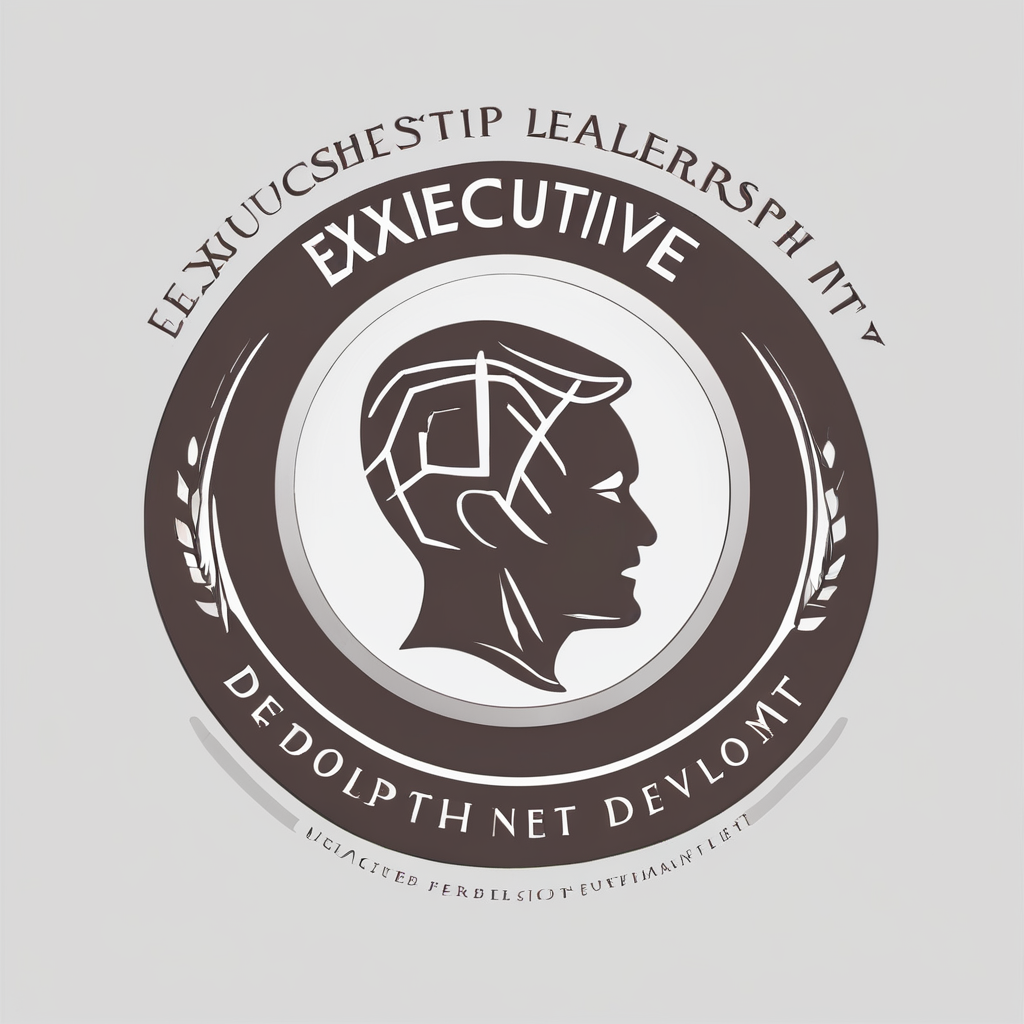Mastering Global Software Development: Essential Strategies for Safeguarding Your Intellectual Property Rights
In the rapidly evolving landscape of software development, protecting your intellectual property (IP) is more crucial than ever. With the rise of global collaboration, outsourcing, and the increasing complexity of software projects, ensuring your IP rights are safeguarded is a daunting but necessary task. Here’s a comprehensive guide to help you navigate this complex terrain.
Understanding Intellectual Property in Software Development
Intellectual property encompasses various forms of creative and innovative works, including patents, copyrights, trade secrets, and trademarks. In the context of software development, these elements are vital for maintaining a competitive edge and protecting your business’s sensitive information.
Also to discover : Mastering the agency workers regulations 2010: an essential legal handbook for successfully managing temporary staff in the uk
Patents and Software
A software patent protects the functional aspects of your software, such as algorithms and methods. However, the landscape of software patents is complex and varies significantly across different countries. For instance, the European Union has stringent regulations regarding the development and deployment of high-risk AI systems, which include rigorous evaluations and compliance tests to ensure safety and security[1].
| Country | Patent Requirements | Protection Duration |
|
|--------------------------------------|
|
| United States | Utility, novelty, and non-obviousness| 20 years from filing|
| European Union | Technical character, novelty, and inventive step| 20 years from filing|
| Canada | Utility, novelty, and non-obviousness| 20 years from filing|
Copyrights and Source Code
Copyrights protect the expressive aspects of your software, such as the source code and user interface. Unlike patents, copyrights are generally easier to obtain and provide immediate protection upon creation of the work. However, the use of open-source software can complicate copyright issues, as it often involves licensing agreements that can restrict how you use and distribute the code.
Also to see : Empowering yourself against workplace bullying and harassment: a comprehensive legal guide for uk employees
| Type of License | Permissions | Restrictions |
|
|---------------------------------------|
|
| MIT License | Free use, modification, and distribution| No warranty or liability |
| GPL License | Free use, modification, and distribution| Must distribute under same license |
| Proprietary License| Limited use, no modification or distribution| Strictly controlled by the licensor|
Best Practices for Protecting Your Intellectual Property
Protecting your IP requires a multi-faceted approach that includes legal, technical, and operational strategies.
Legal Protection
- Patent Applications: File patent applications early in the development process to secure exclusive rights to your innovations.
- Copyright Registration: Register your copyrights to provide a public record of your ownership and facilitate enforcement.
- Non-Disclosure Agreements (NDAs): Use NDAs when outsourcing or collaborating to protect trade secrets and sensitive information.
Technical Protection
- Encryption and Access Control: Encrypt your source code and implement strict access controls to prevent unauthorized access.
- Digital Rights Management (DRM): Use DRM technologies to protect your software from unauthorized use and distribution.
- Code Obfuscation: Obfuscate your code to make it difficult for others to reverse-engineer or copy.
Operational Protection
- Outsourcing with Care: When outsourcing software development, ensure that the contract includes robust IP protection clauses.
- Employee Agreements: Have employees sign agreements that assign IP rights to the company and include confidentiality clauses.
- Open Source Management: Carefully manage the use of open-source software to avoid licensing conflicts and ensure compliance with licensing terms.
The Impact of Outsourcing on Intellectual Property
Outsourcing software development can be a cost-effective way to leverage global talent, but it also poses significant IP risks.
Risks Associated with Outsourcing
- Loss of Control: Outsourcing can lead to a loss of control over your IP, especially if the outsourcing contract does not include strong IP protection clauses.
- Data Security: Sensitive information and source code can be compromised if the outsourcing partner does not adhere to stringent security protocols.
- Cultural and Legal Differences: Different countries have varying laws and cultural norms regarding IP, which can complicate enforcement and protection.
Mitigating Risks
- Due Diligence: Conduct thorough due diligence on potential outsourcing partners to ensure they have a strong track record of IP protection.
- Contractual Safeguards: Include robust IP protection clauses in the outsourcing contract, such as ownership assignment and confidentiality agreements.
- Regular Audits: Regularly audit the outsourcing partner to ensure compliance with IP protection protocols.
Innovating with Intellectual Property in Mind
Innovation is the lifeblood of any software development business, but it must be balanced with IP protection.
Encouraging Innovation
- Internal Innovation Programs: Encourage internal innovation by providing resources and incentives for employees to develop new ideas.
- Collaboration with Startups: Collaborate with startups and research institutions to leverage their innovative capabilities while protecting your IP through joint development agreements.
- Open Innovation: Engage in open innovation initiatives, such as hackathons and open-source projects, while ensuring that IP rights are clearly defined and protected.
Balancing Innovation and Protection
- Transparent Communication: Maintain transparent communication with your development team about the importance of IP protection and the measures in place to safeguard it.
- Education and Training: Provide regular education and training on IP best practices to ensure that all team members understand their roles in protecting IP.
- Flexibility in Licensing: Be flexible in your licensing agreements to allow for innovation while ensuring that your core IP is protected.
Global Considerations and Future Trends
The global landscape of IP protection is evolving rapidly, with new regulations and treaties being developed to address the complexities of modern software development.
Global Regulations
- European AI Law: The new European AI law sets a precedent for responsible AI development, emphasizing safety, security, and ethical considerations. This law could influence global regulations and encourage other countries to follow suit[1].
- International Treaties: Efforts like the proposed treaty on the protection of designs and models aim to simplify and rationalize IP protection procedures, making it easier for creators to protect their work across different jurisdictions[3].
Future Trends
- Increased Use of AI: The integration of AI in software development will continue to grow, raising new IP challenges, such as determining the ownership of AI-generated content[2].
- Enhanced Security Measures: As data breaches become more sophisticated, the need for enhanced security measures to protect IP will become more critical.
- Global Collaboration: The trend towards global collaboration will continue, necessitating more robust and standardized IP protection mechanisms.
Protecting your intellectual property in the context of global software development is a complex but essential task. By understanding the different forms of IP, implementing best practices, mitigating the risks associated with outsourcing, and staying abreast of global trends and regulations, you can safeguard your business’s competitive edge.
As Marc Hottinger, a jurist at the Swiss Federal Institute of Intellectual Property, aptly puts it: “It is essential to impose a duty of transparency. It is not fair that musicians who invest all their energy into their work end up earning less than those who produce AI-generated works with a snap of their fingers.”[2]
In the words of the Canadian Minister of Innovation, Sciences and Industry, François-Philippe Champagne: “The government of Canada is committed to leadership in AI to ensure that Canadian businesses have the resources they need to integrate this revolutionary technology and benefit from it now and in the future.”[4]
By being proactive and informed, you can protect your intellectual property and ensure that your software development business remains innovative, secure, and competitive in the global market.











